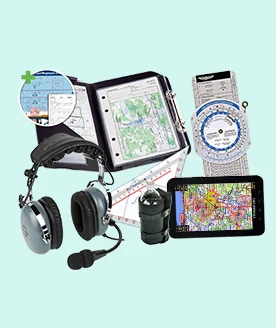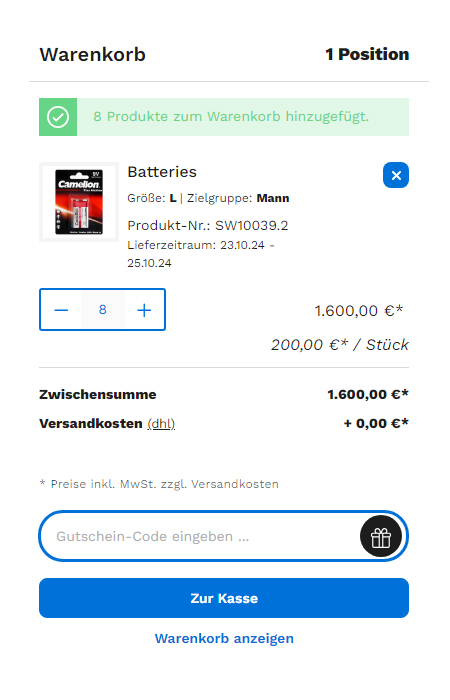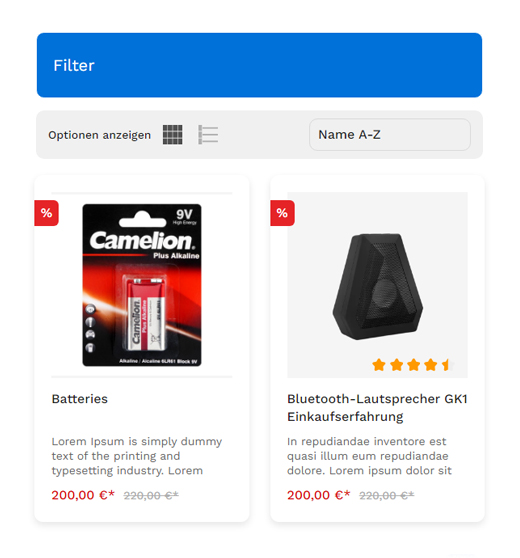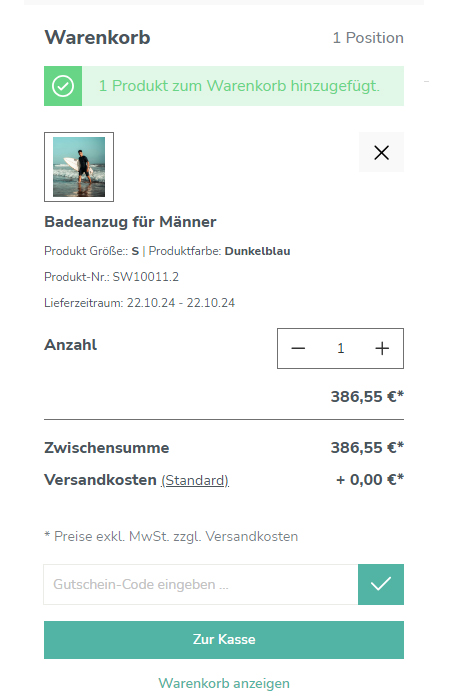Ready for
Shopware 6 ?
We’ll Get You There
Our Shopware Migration Services ensure zero data loss, minimal downtime, and zero stress during your switch to Shopware 6.
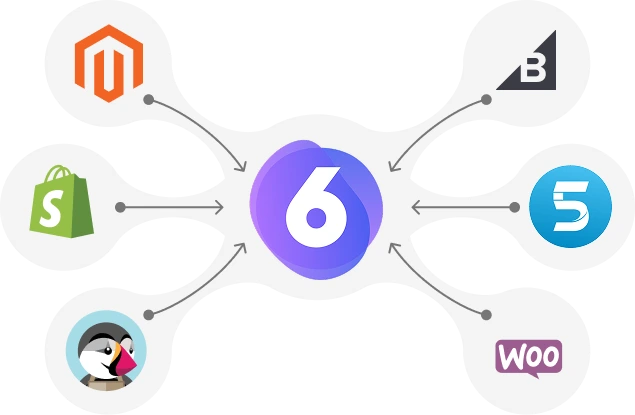



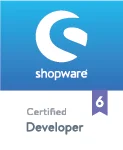
About Migration
Before facing any hurdles in dealing with your online store growth, it is really important to shift your shop to a platform that can handle your bulk data. One-for-all is the Shopware e-commerce system.
Shopware is an open source platform beating every online store in line. Shopware provides customized as well as built-in environments for tempting and creating a strong bond with customers. Unlimited advance technologies are supported by Shopware leading it to be a most versatile online store platform provider.
Shopware provides great SEO services with 50,000 installations and endless designs and plugins. Due to its countless magic, Shopware is living its heyday and welcoming new users as well as revive already existing shops to migrate to Shopware.
What Makes Shopware 6 the Smarter Choice
Where Most Other Platforms Fall Short

Customization feels locked down, even small design changes often need heavy dev work or pricey plugins.

Promotions are limited. Advanced discount rules, customer groups, or conditional offers often require custom modules.

Expanding globally is tricky. Multi-language, or multiple storefronts usually requires extra plugins, which means extra costs.

SEO is an afterthought. Clean URLs, redirects, and meta tools are basic or need third-party apps.

Integrations feel patched on. Most platforms limit API customization, which means you cannot freely customize the default API or change response parameters.

Content and commerce don’t mix well. Blogs or landing pages often sit outside the shopping experience.
What Shopware 6 Brings Instead

Shopping Experiences + drag-and-drop editor lets teams design flexible storefronts without coding.

Rule Builder makes complex pricing and promotions simple to set up directly in the admin.

Multi-store and multi-language support is built in, making global sales easier to manage.

SEO-friendly by default with strong built-in controls to protect traffic and rankings.

API-first approach empowers to adapt responses, extend functionality, and integrate seamlessly with third-party systems.

Content + commerce combined with native CMS tools that let products and storytelling work together.
Shopware Migration Services You Can Count On
A smooth move to Shopware 6, start to finish.

Complete Data Migration
- Transfer all products, customers, and orders.
- Migrate images, categories, and attributes.
- Validate migrated data in a staging site.
- Sync new orders & customers before Go-Live.
- Ensure no data lost and minimal downtime.

Design & Theme Development
- Audit the current store design.
- Develop theme to match your brand.
- Fix desktop and mobile view issues.
- Create key content and CMS pages.
- Compatibility across all major devices.

Plugin & Extension Setup
- Review existing plugins and features.
- Integrate required extensions safely.
- Recreate missing functions by custom plugins.
- Configure each plugin in staging first.
- Test all add-ons before store launch.

SEO & URL Migration
- Export and preserve all meta details.
- Apply redirects for changed old links.
- Configure SEO settings in Shopware 6.
- Submit fresh sitemaps after launch.
- Apply efficient caching for SEO.

Custom Features & Rules
- List all unique store requirements
- Configure rules tailored to your business needs.
- Customize rules aligned with business goals.
- Test flows against real use cases.
- Validate parity with the old store.

Integrations & Payments
- Identify and document all integrations.
- Configure payment methods like Stripe, PayPal.
- Configure ERP, PIM, CRM like Pickware.
- Configure shipping methods such as DHL and UPS.
- Configure promotions & discount Vouchers.

Testing & Quality Assurance
- Follow a full pre-launch test plan.
- Verify migrated data counts
- Test theme for responsiveness and cross-browser.
- Test complete checkout & email process flow.
- Check shipping calculations match business rules.

Go-Live & Delta Sync
- Perform a staged migration process.
- Run a final sync before Go-Live.
- Schedule launch in a low-traffic slot.
- Monitor orders and site stability.
- Audit shop for SEO performance
Shopware Migration in Action
See how different stores made the switch to Shopware with us and kept growing.
One-Click Paths to Shopware 6
We move your store, data, and customers safely, no
matter where you’re starting.
Our Shopware 6
Migration Process

Preparation Phase
We review live store data including products, categories, media, customers, orders, taxes, shipping, payments, and plugins. Then, we deliver a clear migration roadmap with milestones and a fallback plan.

Migration Period
Migrate data into a staging environment mirroring your live store, and verify products, variants, pricing rules, media, customers, and orders.

Validation Stage
Run complete functional tests across checkout, payments, shipping, theme, and design. Verify data accuracy, performance, SEO, responsiveness, and cross-browser compatibility.

Go-Live Phase
Monitor site performance, checkout, and payment flows in real time. Provide a post-launch support window.
What we migrate for you
Products and variants
Categories and sub-catagories
Customers and full order history
Product images
Reviews and promotions
Tax rules and shipping settings
Our Shopware Theme Collection
Explore layouts we designed in-house, that are clean, responsive, and built to boost sales.

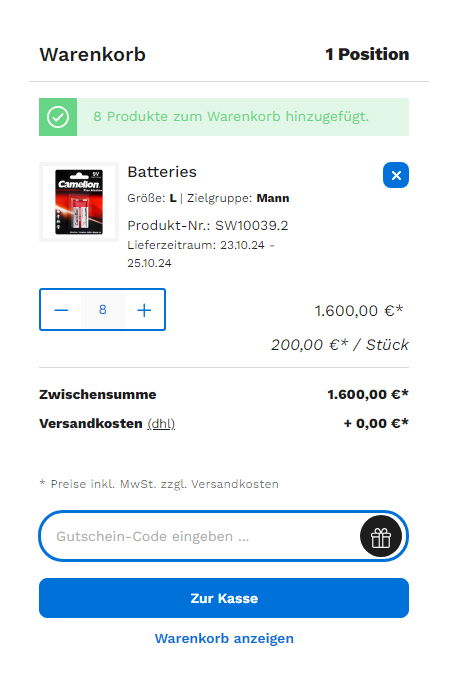

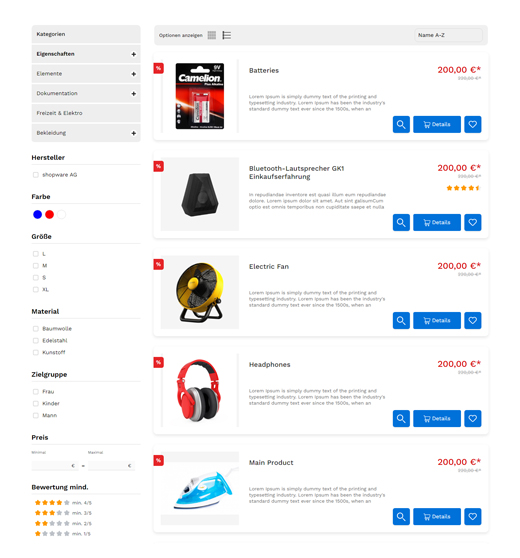

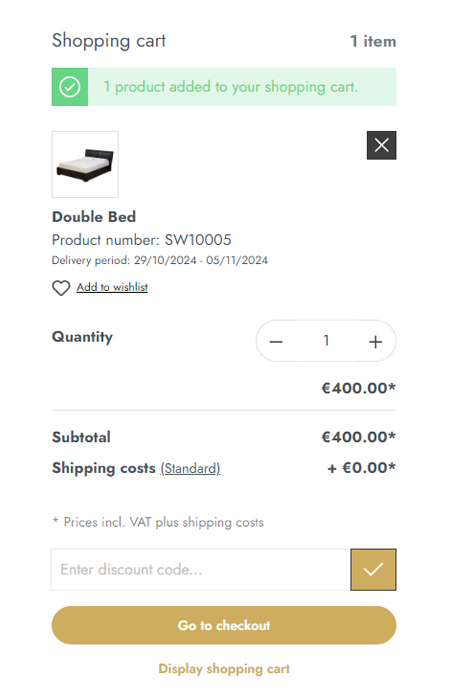

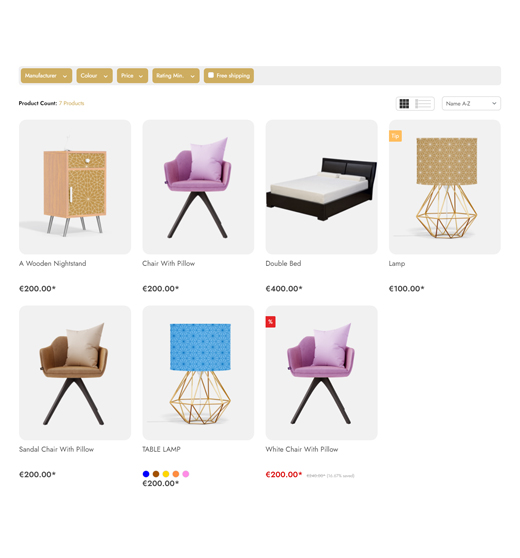

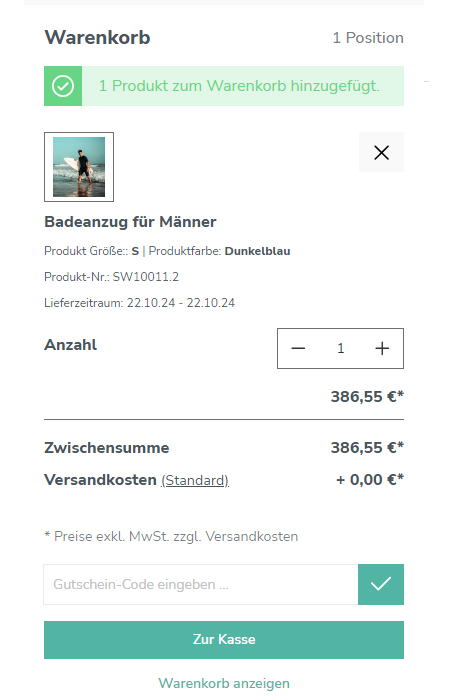


Why Choose Us for
Your Shopware Migration
We’ve Migrated 80,000+ Products Without Errors
Large catalogs moved intact, without broken variants, missing items, or manual fixes.
We’ve Protected 95% of Organic Traffic Post-Migration
Your SEO value and sales keep flowing, no sudden drops after launch.
We’ve Delivered 40% Faster Store Performance
Your customers enjoy quicker load times, better experience, and higher conversion rates.
We’ve Preserved 100,000+ Customer Records
Your history, loyalty, and repeat business come with you… nothing gets lost.
We’ve Integrated 6+ Critical Business Systems
ERP, PIM, shipping, and payments kept in sync. Your operations never skip a beat.
Years
We’re Shopware Certified Experts With 10+ Years of Experience
Proven skills and trusted credentials that ensure your migration is in safe hands.
Frequently asked questions
Is there downtime on launch day?
We minimize downtime by using a final sync and a fast DNS cutover. Most launches are invisible to customers if scheduled properly.
Will my SEO rankings survive the move?
Yes when you follow a tested relaunch plan. We map top pages and implement redirects and we monitor search engines after go live.
Do you move order history and customers?
Yes. We migrate full order history and customer records. For payment tokens we provide secure alternatives.
Can you handle custom plugins and bespoke code?
Yes. We audit custom plugins and either replace them with Shopware alternatives or rebuild the required features.
What support do I get after launch?
We include a support window for fixes, performance tuning, and SEO monitoring. The length of support depends on the plan you choose.


